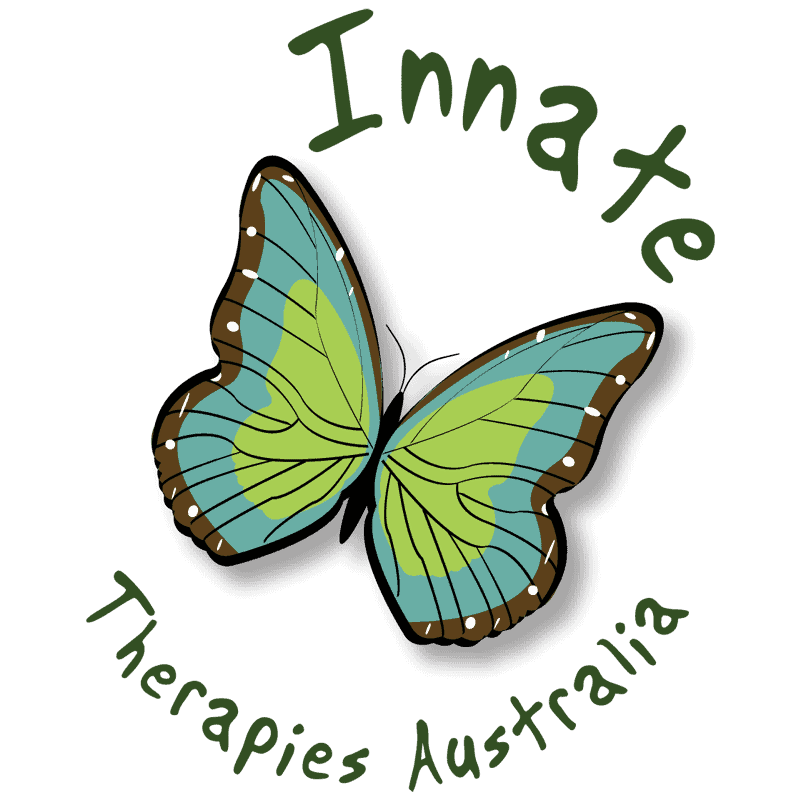Parenthood is a journey filled with joy, love, and the fulfillment of watching your child grow and thrive. However, it also comes with moments of challenges and heartache when your child is hurting. Whether it’s physical pain, emotional distress, or a combination of both, as a parent, it’s your instinct to want to help and provide comfort.
In this blog post, we will explore strategies and approaches for navigating those difficult moments when your child is hurting. Whether it’s a scraped knee, a broken heart, or the weight of emotional struggles, your presence and support can make all the difference in helping your child heal and find their way back to happiness.
Understanding Your Child's Pain
Before diving into what to do when your child is hurting, it’s crucial to understand the different types of pain they might experience:
Physical Pain: This can range from minor injuries like scraped knees and bruises to more severe issues such as illness or chronic conditions. Physical pain is often visible and tangible.
Emotional Pain: Emotional distress can be caused by a variety of factors, including bullying, peer pressure, academic stress, family issues, or traumatic events. Emotional pain is often less visible but equally real and impactful.
Combination of Both: Many situations involve a combination of physical and emotional pain. For example, a child who falls off their bike and injures themselves may also feel emotional distress from the experience.
What can I do?
- Stay Calm and Reassure Them
When you first encounter your child’s pain, the most important thing is to stay calm and provide reassurance. Your child looks to you for guidance and comfort, so your demeanor can greatly influence their response to the situation.
For Physical Pain: If your child has a physical injury, assess the severity, and provide immediate first aid if necessary. Even if it’s a minor scrape or bump, offer comfort by gently cleaning the wound, applying a bandage, and soothing words like, “It will be okay.”
For Emotional Pain: When your child is emotionally distressed, listen to them without judgment and validate their feelings. Say something like, “I can see that you’re feeling upset, and that’s okay. I’m here for you.”
- Offer Physical Comfort
Physical comfort can go a long way in alleviating both physical and emotional pain:
Hugs and Cuddles: Physical touch, such as hugs and cuddles, can provide immediate comfort and reassurance. It releases feel-good hormones like oxytocin, which help reduce stress and pain.
Warmth: Wrap your child in a warm blanket or offer a warm drink if they’re feeling physically or emotionally cold. The sensation of warmth can be soothing.
Pain Relief: If your child is in physical pain, consult with a healthcare professional about appropriate pain relief options. Over-the-counter pain relievers like acetaminophen or ibuprofen may be recommended.
- Listen Actively and Empathize
One of the most powerful ways to support your child when they’re hurting is to be an active and empathetic listener:
Encourage Them to Express Their Feelings: Whether it’s talking, drawing, or writing, encourage your child to express their feelings. Sometimes, the simple act of sharing what’s bothering them can provide relief.
Empathize with Their Pain: Let your child know that you understand their pain and emotions. You might say, “I can imagine how that must have hurt,” or “It sounds like you’re going through a really tough time.”
Avoid Minimizing or Dismissing: Resist the urge to minimize or dismiss their pain. Phrases like, “It’s not a big deal,” or “You’ll get over it,” can inadvertently invalidate their feelings.
- Provide Distractions and Diversions
Distractions can be helpful, especially for minor physical injuries or mild emotional distress:
Engage in Play: Depending on the nature of your child’s pain, engaging in play or a favorite activity can help take their mind off it temporarily. Play can be a form of therapy for children.
Read a Book or Watch a Movie: Reading a story or watching a favorite movie together can be comforting and serve as a distraction from pain.
Creative Outlets: Encourage your child to engage in creative activities like drawing, coloring, or crafting. These activities can be therapeutic and provide a way for them to express themselves.

- Be Patient and Reassure Them That It’s Okay to Feel
Recovery takes time, whether it’s from physical injuries or emotional wounds. Be patient and remind your child that it’s okay to feel pain and take the time they need to heal:
No Timetable for Grief: If your child is dealing with emotional pain, such as the loss of a pet or a loved one, there’s no set timetable for grieving. Let them know it’s okay to feel sadness, and you’ll be there to support them throughout.
Healing Process: Explain that healing, whether physical or emotional, is a process. Just like a scraped knee takes time to scab over and eventually disappear, emotional pain takes time to heal as well.
- Seek Professional Help When Necessary
In some cases, your child’s pain may be too complex or severe to address on your own. It’s important to recognize when professional help is needed:
Physical Injuries: If your child has a severe injury or illness, consult a healthcare professional immediately. Follow their guidance and treatment recommendations.
Emotional Distress: If your child’s emotional distress persists, intensifies, or leads to concerning behaviors like self-harm or thoughts of suicide, seek the help of a mental health professional. They can provide the necessary support and interventions.
- Teach Coping Strategies
Help your child develop healthy coping strategies for managing pain and stress:
Deep Breathing: Teach your child deep breathing exercises to help calm their body and mind during moments of distress.
Positive Self-Talk: Encourage your child to use positive affirmations and self-talk. For example, if they’re feeling anxious about a school test, they can say, “I’ve studied, and I’m prepared for this.”
Mindfulness and Relaxation: Introduce mindfulness techniques and relaxation exercises to help your child manage stress and anxiety.
- Create a Safe Environment for Expression
Ensure that your child feels safe and comfortable expressing their emotions:
No Judgment Zone: Let your child know that they can share their thoughts and feelings without fear of judgment or punishment.
Open Communication: Foster an environment of open communication where your child feels free to talk to you about their experiences, both positive and negative.
Model Healthy Expression: Be a role model for healthy emotional expression by demonstrating how to communicate and manage your own emotions.
- Encourage Resilience and Problem-Solving
While it’s essential to provide immediate comfort and support, it’s also valuable to teach your child resilience and problem-solving skills:
Encourage Problem-Solving: Guide your child in brainstorming solutions to their problems. Encourage them to think of possible ways to address the issues causing their pain.
Focus on Strengths: Help your child recognize their strengths and abilities. Remind them of times when they’ve overcome challenges in the past.
Teach Coping Mechanisms: Teach your child various coping mechanisms that can help them navigate difficult situations, such as seeking support from friends, using relaxation techniques, or setting achievable goals.
- Maintain a Routine and Structure
Children often find comfort in routine and structure. Maintaining a regular schedule can provide a sense of stability during times of pain or distress:
Consistent Bedtime: Ensure your child gets enough sleep by maintaining a consistent bedtime routine. A well-rested child is better equipped to cope with pain or stress.
Healthy Meals: Provide nutritious meals and encourage regular mealtimes. Proper nutrition can play a significant role in both physical and emotional well-being.
Regular Activities: Continue with daily activities and routines as much as possible. Predictable routines can provide a sense of security.
As a parent, it’s heart-wrenching to see your child in pain, whether it’s physical or emotional. However, your love, support, and actions can make a significant difference in their healing process. By staying calm, offering comfort, and creating an environment where your child feels safe expressing their pain, you can help them navigate through difficult times.
Remember that healing takes time, and your child may need ongoing support and patience. Encourage resilience, teach coping strategies, and seek professional help when necessary. Your role as a supportive and loving parent can be a source of strength and comfort during your child’s journey toward healing and well-being.
At Innate Therapies we are here to help you connect with your child and get support when you need it.

